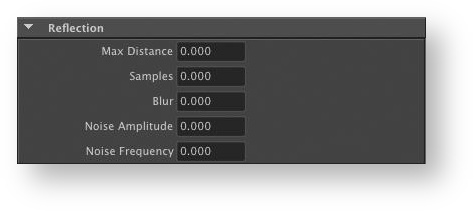Overview
3Delight for Maya offers extra parameters for Hypershade surface shader nodes to control certain aspects of the shading not covered by the node’s regular attributes. These parameters are adjusted using extra shading attributes.
Once a shading attribute is added to the object, the gadgets to control its value are displayed in a separate 3Delight Shading Attributes frame layout, which appears at the bottom of the Attribute Editor.
The 3Delight Shading Attributes Menu
To add or remove shading attributes on an Hypershade surface shader node, that shader must be displayed in the Attribute Editor. In the Attribute Editor’s Attributes menu, a 3Delight Shading Attributes submenu will list the available category of attributes.
3Delight Shading Attributes listed under the Attribute Editor's Attributes menu
Presence of a given attribute is displayed in the 3Delight Shading Attributes submenu by a checkbox or a checker mark next to the attribute name. Selecting a non-checked item will add that attribute to the object, while selecting a checked item will remove that attribute. Selecting the ‘All’ menu item will add all missing attributes, or remove them all if they were already all present in the object.
The only Shading Attributes offered at the moment are Reflections attributes; they will be available when one of the following Maya surface shader is displayed in the Attribute Editor:
- Anisotropic
- Blinn
- Ocean Shader
- Phong
- PhongE
- Ramp Shader
- Use Background
Reflection Shading Attributes
The following attributes are offered for surface shaders that support reflections:
Max Distance
The maximum distance to search for reflections. Using a value that excludes large portions of the scene that cannot be reflected anyway will improve rendering speed. Using a value of 0 will include all scene objects, regardless of their distance; this is the default.
Samples
Number of samples for the reflection. Higher sample counts produce smoother reflections. The required number of samples to get smooth reflections varies from case to case and depends on the reflected objects and the value of the Blur attribute. In some cases, 2 to 8 samples may suffice. In some other cases, hundreds of samples may be required to achieve a smooth result.
Blur
Angle in radians that defines a sampling cone. Larger values produce smoother reflections but may require a higher number of samples.
Noise Amplitude
Noise Frequency
Amplitude and frequency of noise applied to the reflection.

